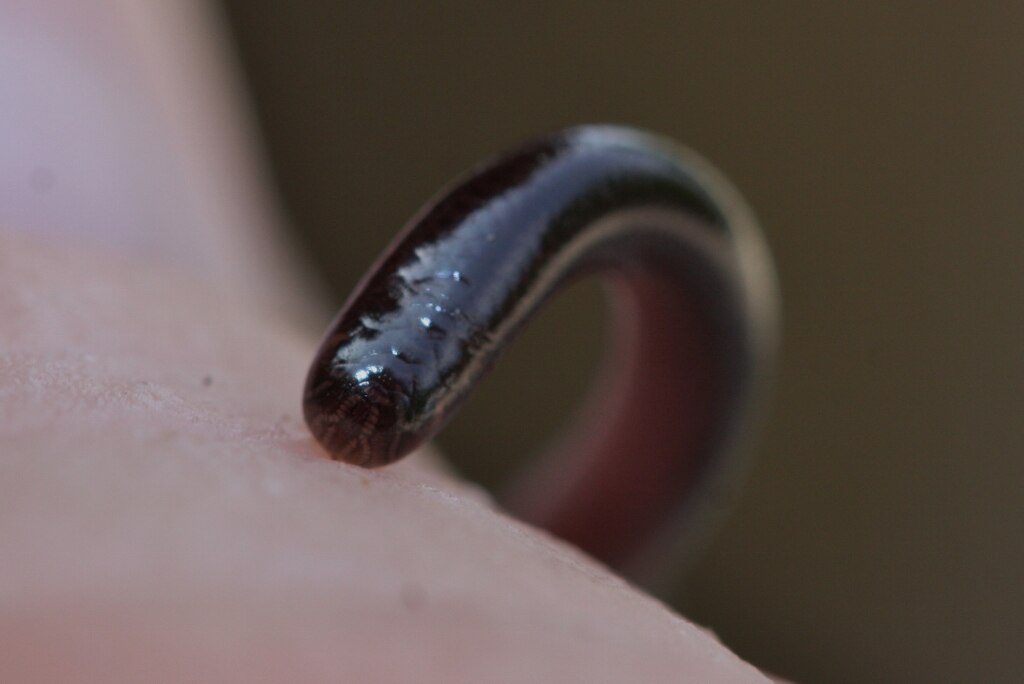Snakes, often misunderstood as simple creatures with minimal emotional needs, actually exhibit subtle behavioral changes that can indicate their psychological state, including boredom. While they don’t express emotions in ways familiar to mammal owners, they do communicate their well-being through specific behaviors and physical cues. Understanding these signs is crucial for responsible snake ownership, as a bored snake can develop stress-related health issues and behavioral problems. This article explores the indicators of snake boredom, why enrichment matters for these reptiles, and how to create a more stimulating environment that supports their natural behaviors and improves their quality of life in captivity.
Understanding Snake Psychology
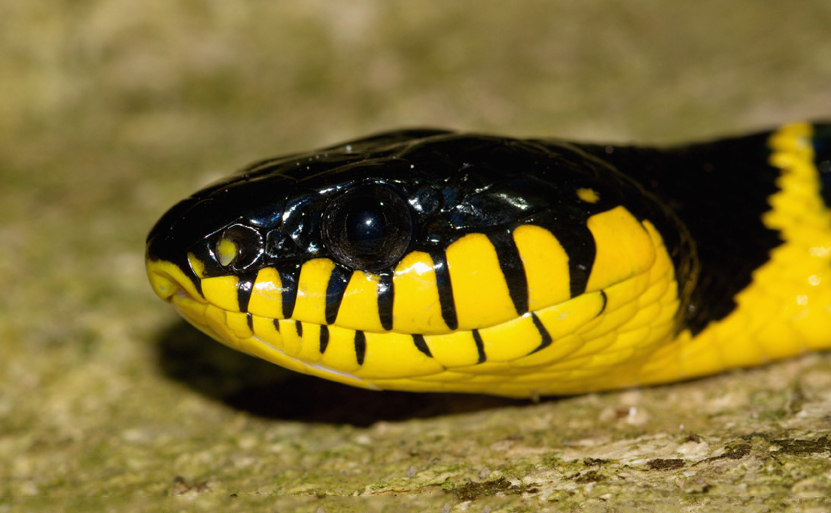
Contrary to popular belief, snakes possess complex cognitive abilities and environmental awareness that influence their behavior and well-being. Unlike mammals, snakes process their surroundings primarily through chemical sensing, heat detection, and physical contact rather than emotional responses. Their evolutionary history has equipped them with specific needs for security, exploration, thermoregulation, and hunting that must be satisfied even in captivity. Research in reptile cognition suggests snakes can learn from experience, recognize patterns, and adapt their behavior based on environmental cues. Understanding these fundamental aspects of snake psychology provides the foundation for recognizing when your pet snake might be experiencing inadequate mental stimulation.
The Concept of Snake Boredom
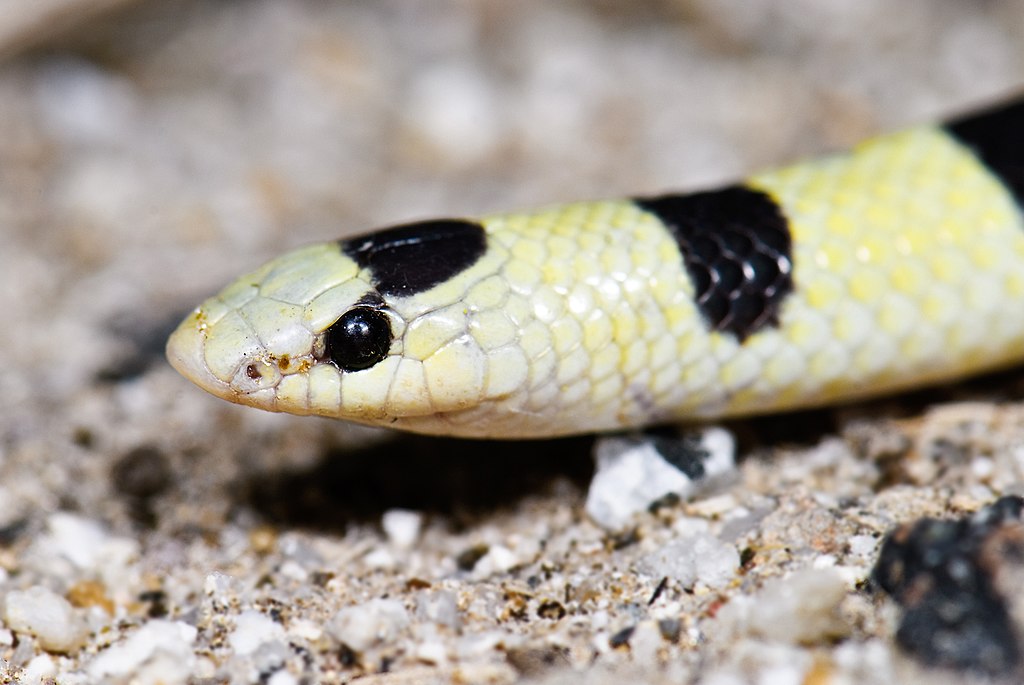
Snake boredom manifests differently from what we observe in mammals, making it easily overlooked by even well-intentioned owners. Rather than seeking entertainment, snakes require environmental complexity that allows them to express natural behaviors like exploration, hiding, climbing, and hunting. When denied these opportunities, snakes enter a state comparable to boredom – a lack of appropriate stimulation that leads to stress and behavioral issues. This state develops gradually when their enclosure fails to meet their species-specific needs for mental and physical engagement. While scientists debate whether snakes experience emotions like mammals do, evidence clearly shows they suffer negative consequences from understimulating environments, regardless of how we label their subjective experience.
Excessive Glass Surfing
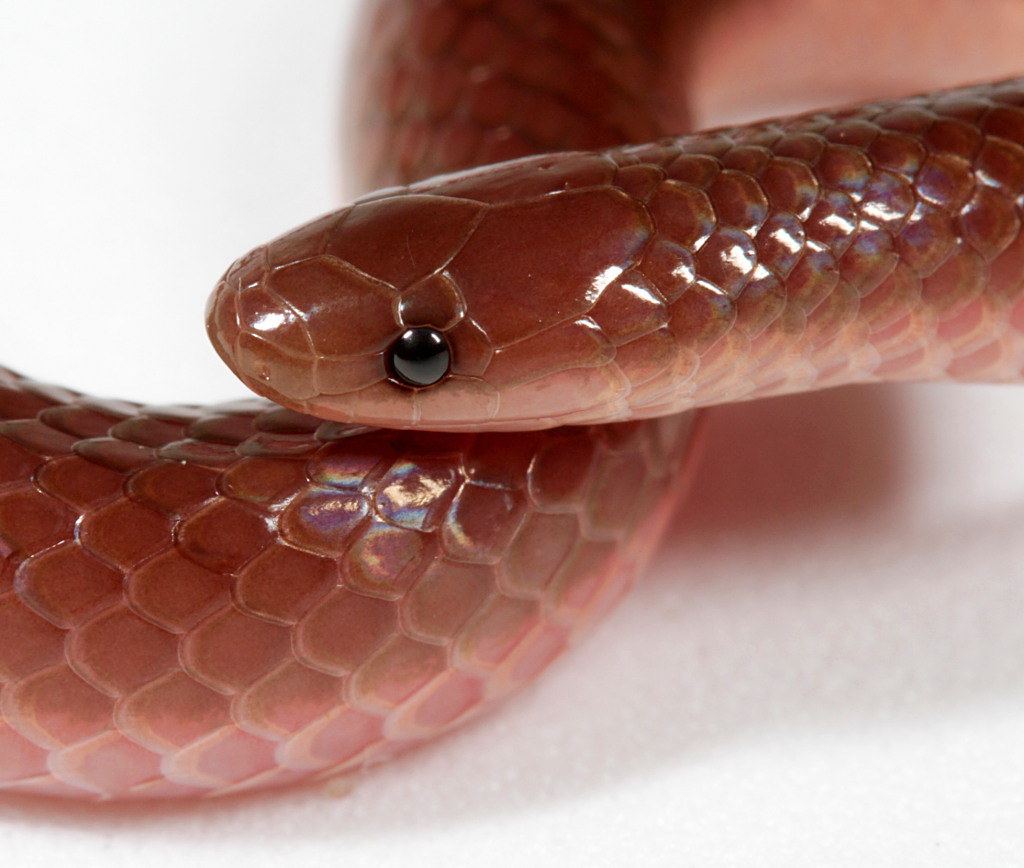
“Glass surfing” refers to a snake repeatedly sliding along the glass walls of its enclosure, often appearing to be trying to escape. While occasional exploration of boundaries is normal, persistent glass surfing is a classic sign of an understimulated snake seeking more environmental complexity. This behavior typically intensifies during a snake’s most active periods and may be accompanied by rubbing their nose against surfaces, potentially causing injury. Snake owners often mistake this behavior for normal curiosity, but when it becomes repetitive and compulsive, it indicates the enclosure lacks sufficient enrichment or appropriate space for the snake’s needs. Species with naturally high activity levels, such as rat snakes and king snakes, are particularly prone to displaying this behavior when bored.
Unusual Inactivity or Lethargy
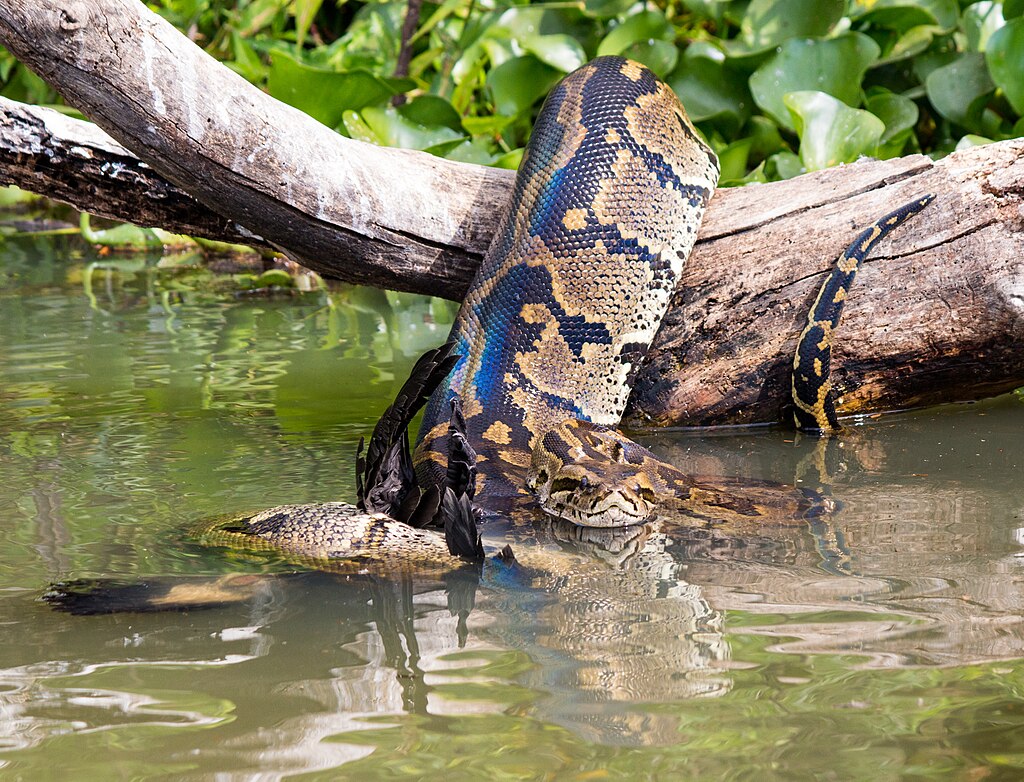
While snakes are known for their sedentary nature and long periods of rest, excessive inactivity outside of brumation periods can signal boredom and disengagement. A bored snake may spend unusually long periods completely motionless, showing little interest in exploring even during their typically active times. This lethargy differs from normal resting behavior in that the snake appears unresponsive to minor disturbances that would typically trigger curiosity or defensive posturing. Owners should become familiar with their specific snake’s normal activity patterns, as these vary significantly between species – arboreal species like green tree pythons naturally move more than sedentary ambush predators like ball pythons. Persistent lethargy combined with other symptoms warrants a veterinary check to rule out medical causes before concluding it’s purely behavioral.
Abnormal Feeding Responses
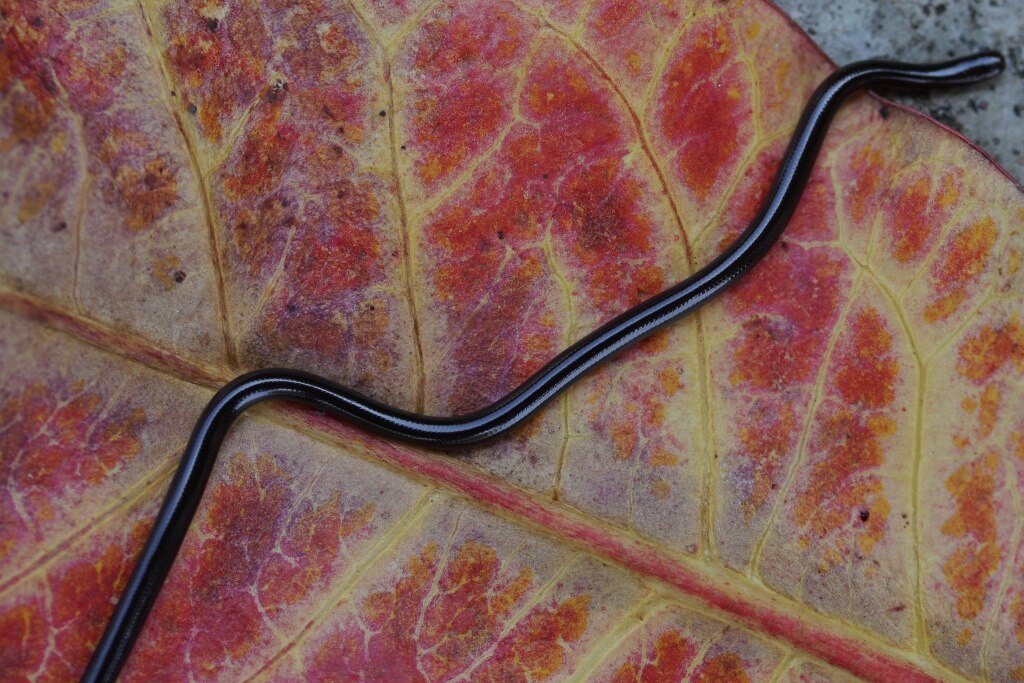
A bored snake often develops unusual patterns around feeding time that reflect their lack of mental stimulation. Some snakes become overly aggressive feeders, striking at any movement near their enclosure as feeding becomes their only form of engagement. Others may show decreased interest in food, requiring multiple presentations or refusing meals entirely despite being otherwise healthy. These feeding abnormalities often develop gradually as the snake’s environment fails to provide adequate opportunities for natural hunting behaviors and mental engagement. The inconsistency in response – sometimes overeager, sometimes disinterested – particularly indicates that psychological factors rather than health issues are at play. Creating more naturalistic feeding experiences, such as hide-and-seek with prey items (for appropriate species) can help address this symptom of boredom.
Escape Attempts and Restlessness
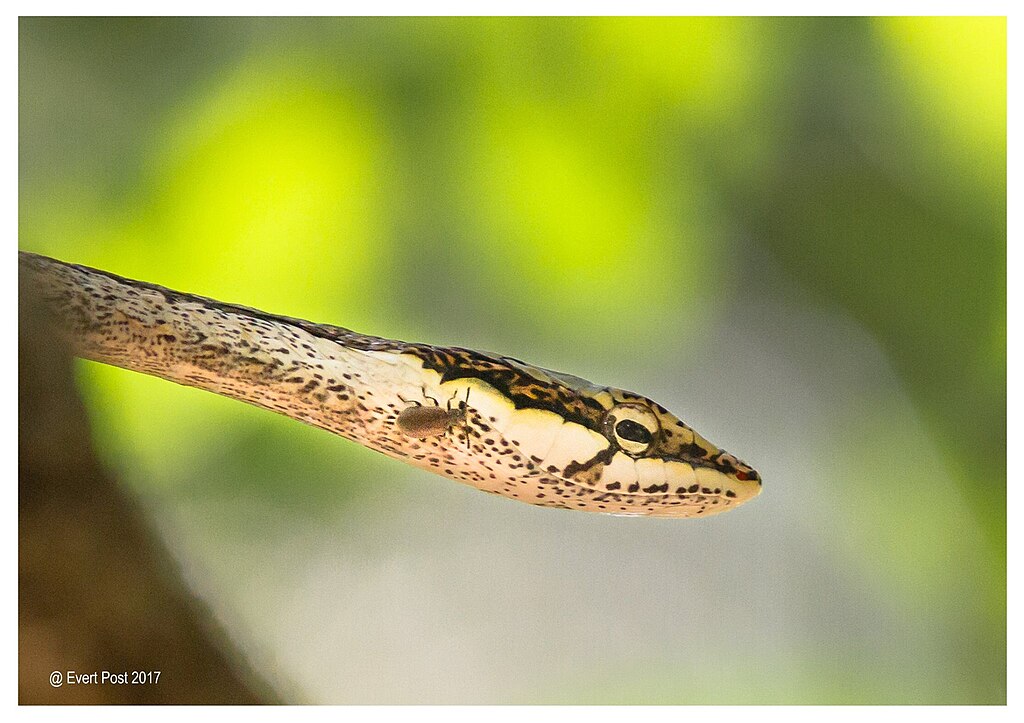
Persistently testing enclosure boundaries and focusing on potential escape routes often indicates a snake that needs more environmental complexity. This behavior manifests as repeatedly pushing against lid seams, probing corners, or applying pressure to any perceived weak point in the habitat. Unlike normal exploratory behavior, these escape attempts appear determined and may continue until the snake exhausts itself, sometimes causing rostral abrasions or other injuries. This restlessness typically intensifies during the snake’s natural active periods, whether diurnal or nocturnal, and may be accompanied by unusual movement patterns within the enclosure. Snake owners should distinguish between seasonal restlessness related to breeding cycles and the consistent escape-seeking behavior that signals an understimulating environment lacking adequate space or engagement opportunities.
Abnormal Body Postures
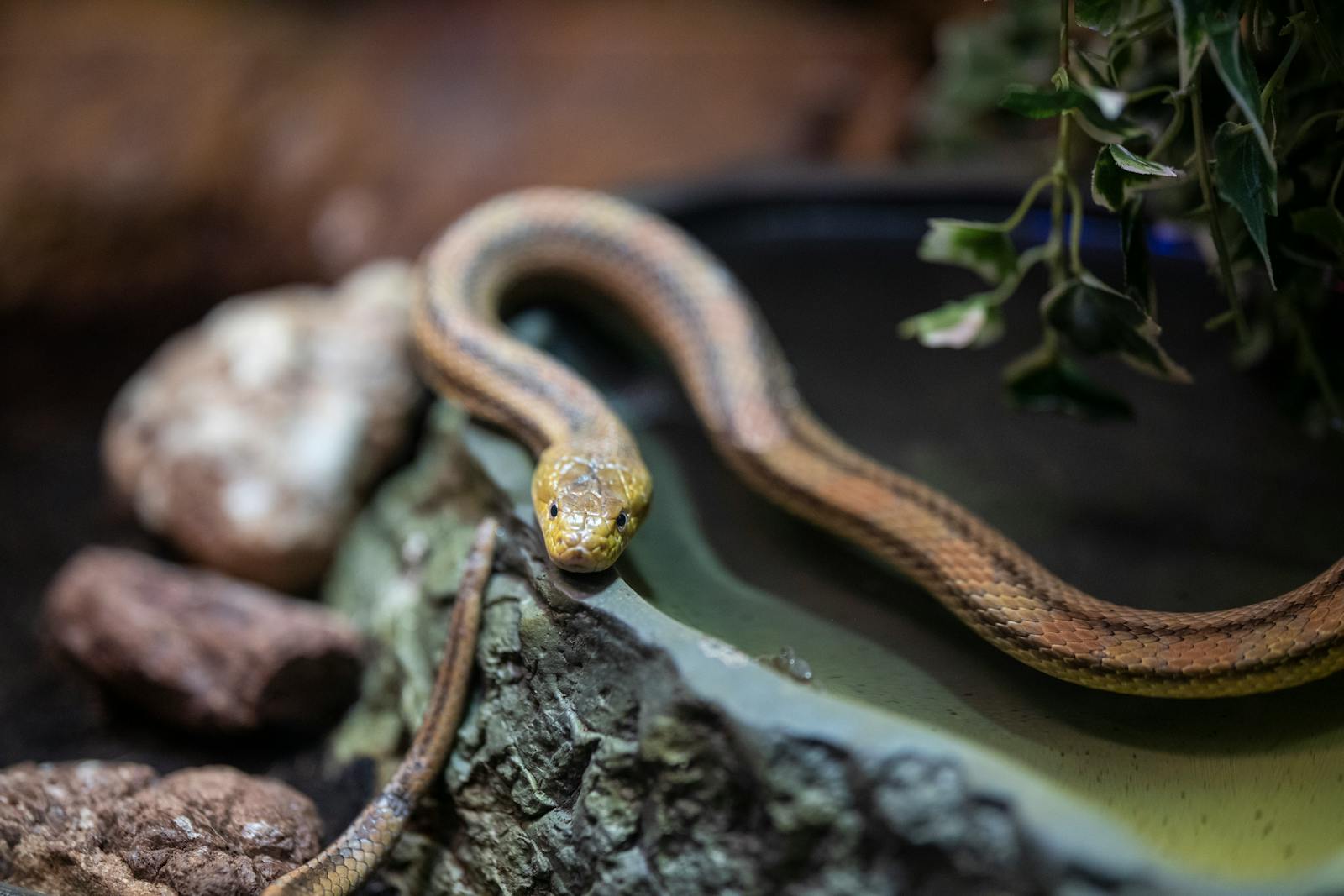
Bored snakes sometimes adopt unusual body postures that differ from their species’ typical resting or alert positions. These might include spending excessive time with their head elevated against enclosure walls, maintaining unnaturally rigid postures, or curling in atypical patterns that don’t align with normal thermoregulatory or security-seeking behavior. Some species may flatten their bodies unnecessarily or display threat postures in the absence of actual threats. These postures often result from the snake attempting to cope with an environment that doesn’t support their natural behavioral needs. Observation reveals these positions are maintained for longer than would be functional in the wild, suggesting they represent displaced behaviors rather than purposeful actions. Understanding your specific snake species’ natural postures and movements is essential for recognizing these subtle but telling signs of inadequate environmental engagement.
Stereotypic Behaviors
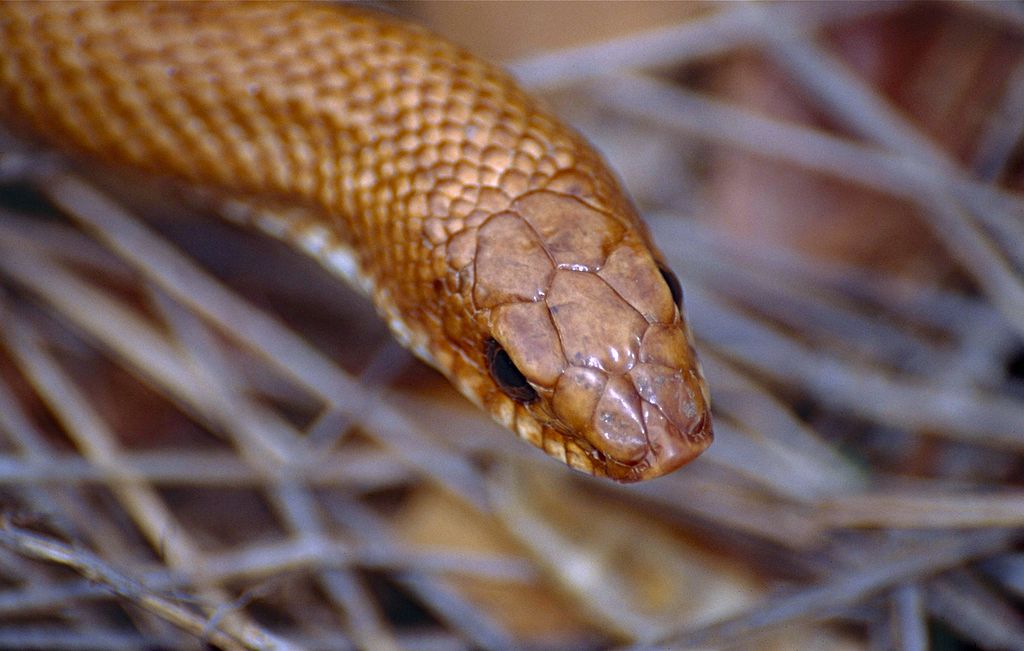
Perhaps the clearest indicator of snake boredom is the development of stereotypic behaviors – repetitive movements that serve no clear purpose in captivity. These might include repeatedly following the same path around the enclosure, rhythmic head-bobbing, or unusual repetitive tongue-flicking patterns not associated with normal exploration. These behaviors develop as coping mechanisms when snakes cannot express their natural behavioral repertoire due to environmental limitations. Once established, these patterns can be difficult to eliminate even after environmental improvements are made, highlighting the importance of preventing boredom before it leads to these entrenched behaviors. Research in reptile welfare increasingly recognizes these stereotypies as significant welfare concerns equivalent to those observed in mammals kept in suboptimal conditions.
Changes in Shedding Patterns

Chronic stress from boredom can manifest physically through disrupted shedding cycles and incomplete sheds. A bored snake might begin shedding more frequently than is typical for its species and age, or experience problematic incomplete sheds despite appropriate humidity levels. The connection between psychological state and shedding relates to the snake’s overall stress levels and health, as physiological stress responses can disrupt normal skin renewal processes. Owners often miss this connection, attributing shedding problems solely to humidity issues rather than considering the snake’s overall well-being and environmental quality. Incomplete sheds particularly around the eye caps and tail tip that persist despite humidity corrections may indicate that chronic stress from an understimulating environment is contributing to the problem.
Defensive Behaviors Without Triggers
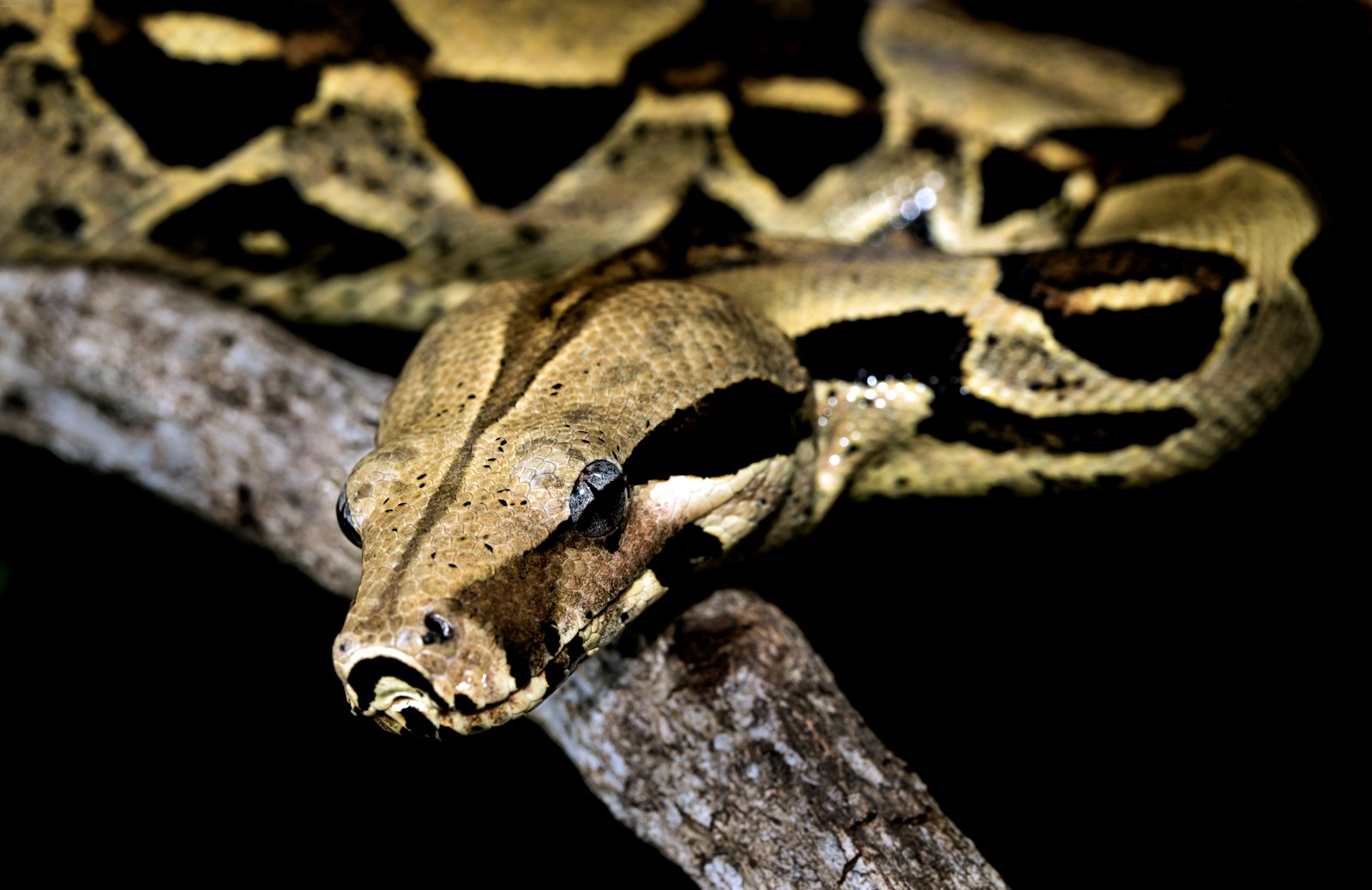
Snakes experiencing chronic boredom may develop hair-trigger defensive responses, displaying striking poses, hissing, or tail-rattling with minimal provocation or even no apparent trigger. This hypersensitivity develops when a snake’s environment lacks appropriate complexity, causing stress that lowers their threshold for defensive behaviors. Some bored snakes paradoxically become unnecessarily defensive within their familiar enclosure while showing calmer behavior when handled outside it – a telling indication that the enclosure itself has become a source of stress. These excessive defensive displays often occur randomly rather than in response to specific stimuli like food or threatening movements, distinguishing them from normal protective behaviors. Species naturally more defensive, like hognose snakes or ball pythons, may exaggerate their characteristic bluffing behaviors when experiencing environmental stress from boredom.
Decreased Environmental Interaction
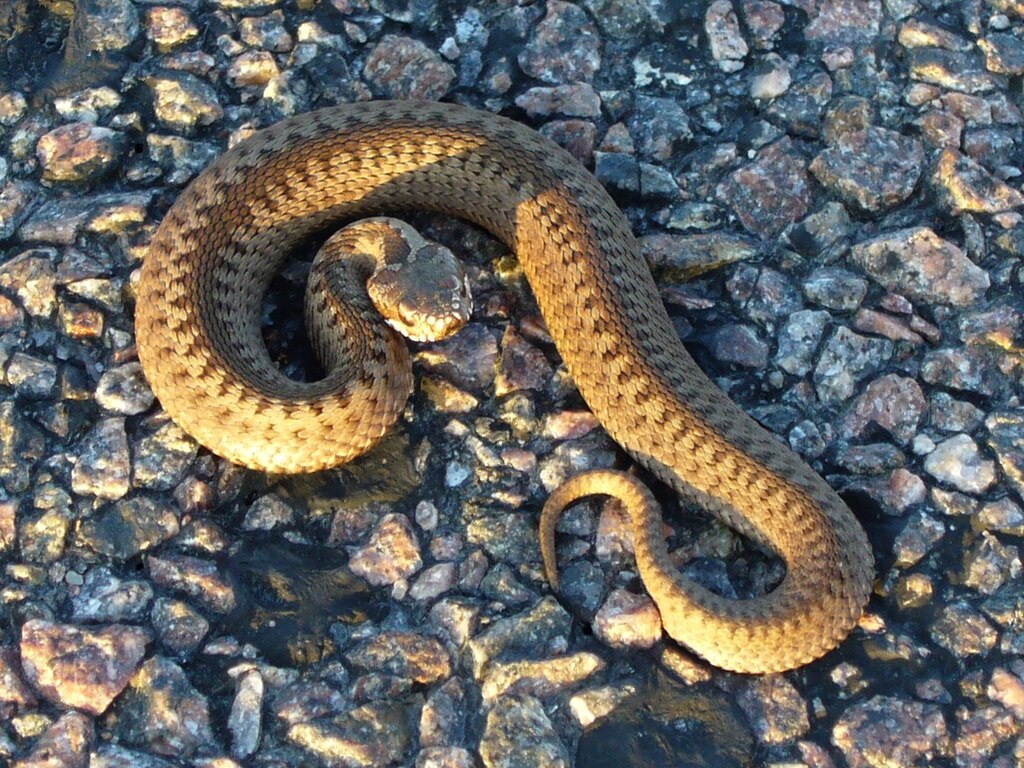
A key indicator of snake boredom is diminished interaction with habitat features they previously utilized regularly. You might notice your snake no longer explores climbing branches, ignores previously favored hiding spots, or stops utilizing thermal gradients effectively. This disengagement develops gradually as the snake becomes habituated to an unchanging environment that fails to provide new stimuli or challenges. The snake may appear to “give up” on exploring what was once novel but has become predictable and unstimulating. This environmental apathy particularly affects active foraging species like corn snakes and king snakes that naturally investigate their surroundings frequently. Tracking your snake’s use of enclosure features over time can help identify this subtle but significant sign of decreasing engagement with their environment.
Enrichment Strategies for Bored Snakes
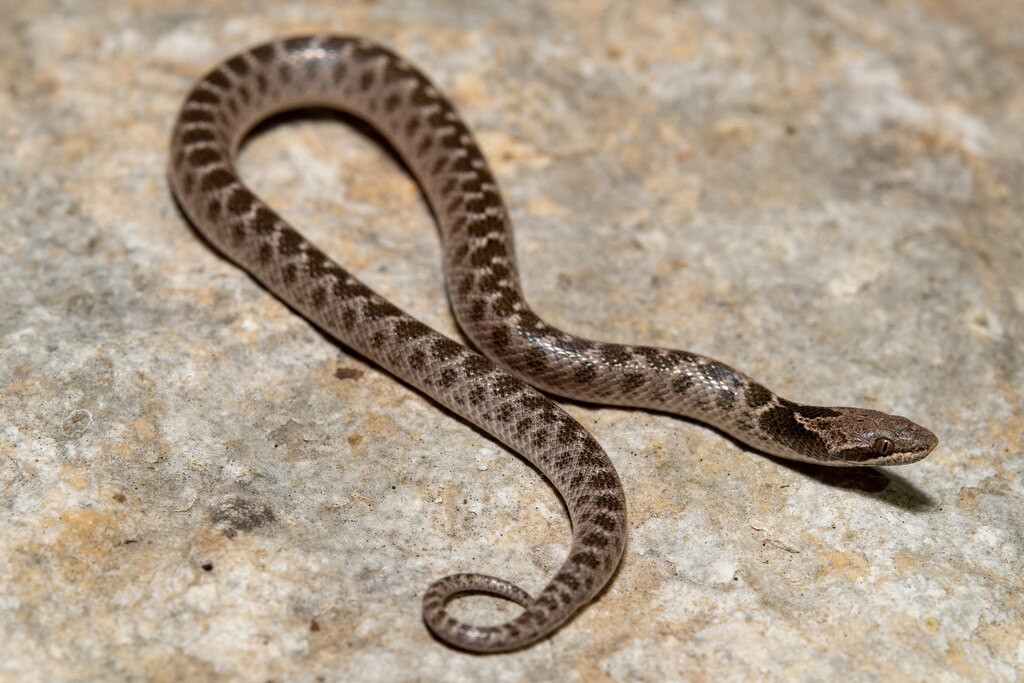
Addressing snake boredom requires thoughtful environmental modifications that encourage natural behaviors while respecting the species’ specific needs. Providing graduated climbing opportunities benefits arboreal and semi-arboreal species, while creating complex networks of appropriately sized hides at various temperature gradients serves terrestrial species. Substrate enrichment through varied textures and depths allows natural burrowing behaviors, particularly valuable for species like sand boas and hognose snakes. Incorporating novel objects periodically, such as differently textured climbing branches, safe plants, or exploration tubes, can stimulate curiosity without overwhelming the snake. Advanced enrichment techniques include scent enrichment (using safe, diluted natural scents), puzzle feeders appropriate for the species, and carefully planned enclosure rotations where secondary habitats allow for complete environmental changes while maintaining appropriate parameters.
When to Consult a Reptile Veterinarian
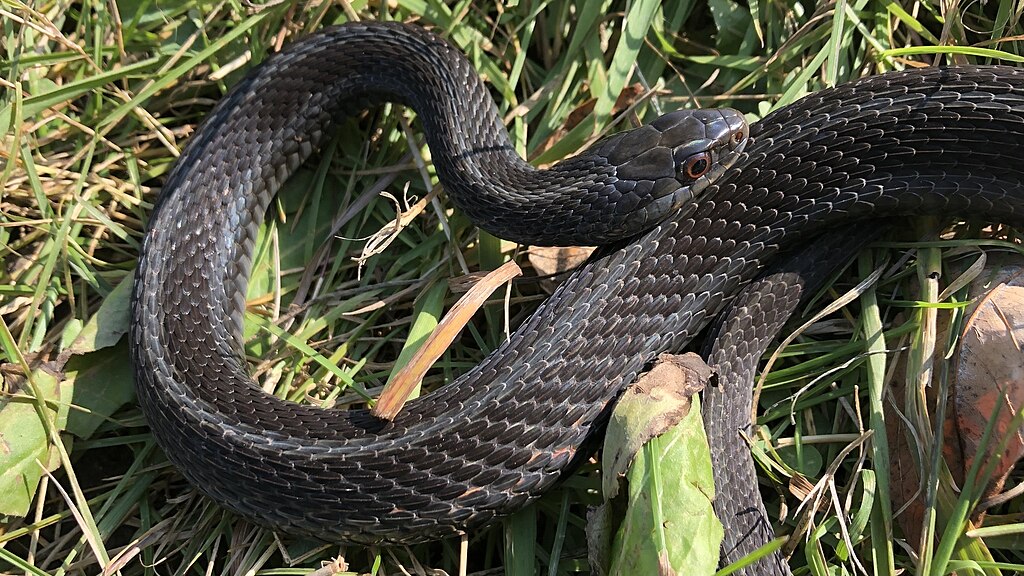
While environmental adjustments can address many behavioral issues stemming from boredom, certain symptoms warrant professional veterinary assessment to rule out medical causes. Consult a reptile-experienced veterinarian if your snake displays sudden behavioral changes, combines abnormal behaviors with physical symptoms like weight loss or respiratory issues, or shows no improvement after appropriate environmental enrichment. A qualified exotic vet can conduct physical examinations and diagnostic tests to differentiate between medical conditions and psychological causes of concerning behaviors. Veterinarians may recommend specific environmental modifications tailored to your snake’s species, age, and individual temperament, sometimes collaborating with reptile behaviorists for complex cases. Establishing a relationship with a reptile-savvy veterinarian before problems arise ensures you have professional support when distinguishing between normal behavior, boredom-related issues, and medical concerns.
Monitoring Progress After Interventions

After implementing enrichment strategies, systematic observation helps evaluate their effectiveness in alleviating your snake’s boredom symptoms. Keep a behavioral journal documenting activity patterns, enclosure use, feeding responses, and specific behaviors of concern, noting improvements or new developments. Expect gradual rather than immediate changes, as snakes may initially be wary of environmental modifications before eventually exploring them. Some behaviors, particularly long-established stereotypies, may persist to some degree even after environmental improvements. Photography or video recording at different times can be particularly valuable for objectively tracking changes in behavior over time and sharing with veterinarians if needed. Successful interventions typically show progressive improvements across multiple behavioral indicators rather than complete and immediate resolution of all concerning behaviors.
Conclusion
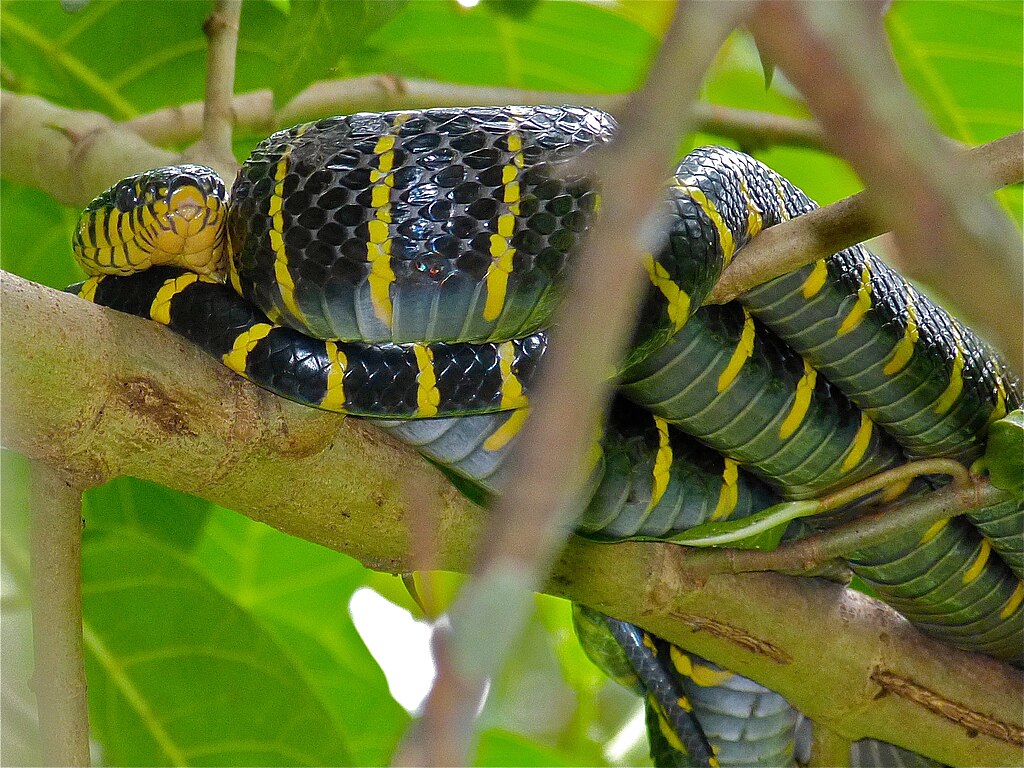
Understanding snake boredom requires recognizing that these animals have complex behavioral needs despite their seemingly simple nature. The subtle signs – from glass surfing to unusual postures – reflect their attempt to communicate something important about their well-being. By creating environmentally rich, stimulating habitats that encourage natural behaviors, snake owners can prevent and address the negative effects of captive boredom. Remember that each snake species has evolved unique behavioral adaptations requiring specific environmental considerations. Taking the time to observe, understand, and respond to your snake’s behavioral cues not only improves their quality of life but deepens the human-reptile bond through more meaningful interaction and appreciation of these fascinating creatures.

